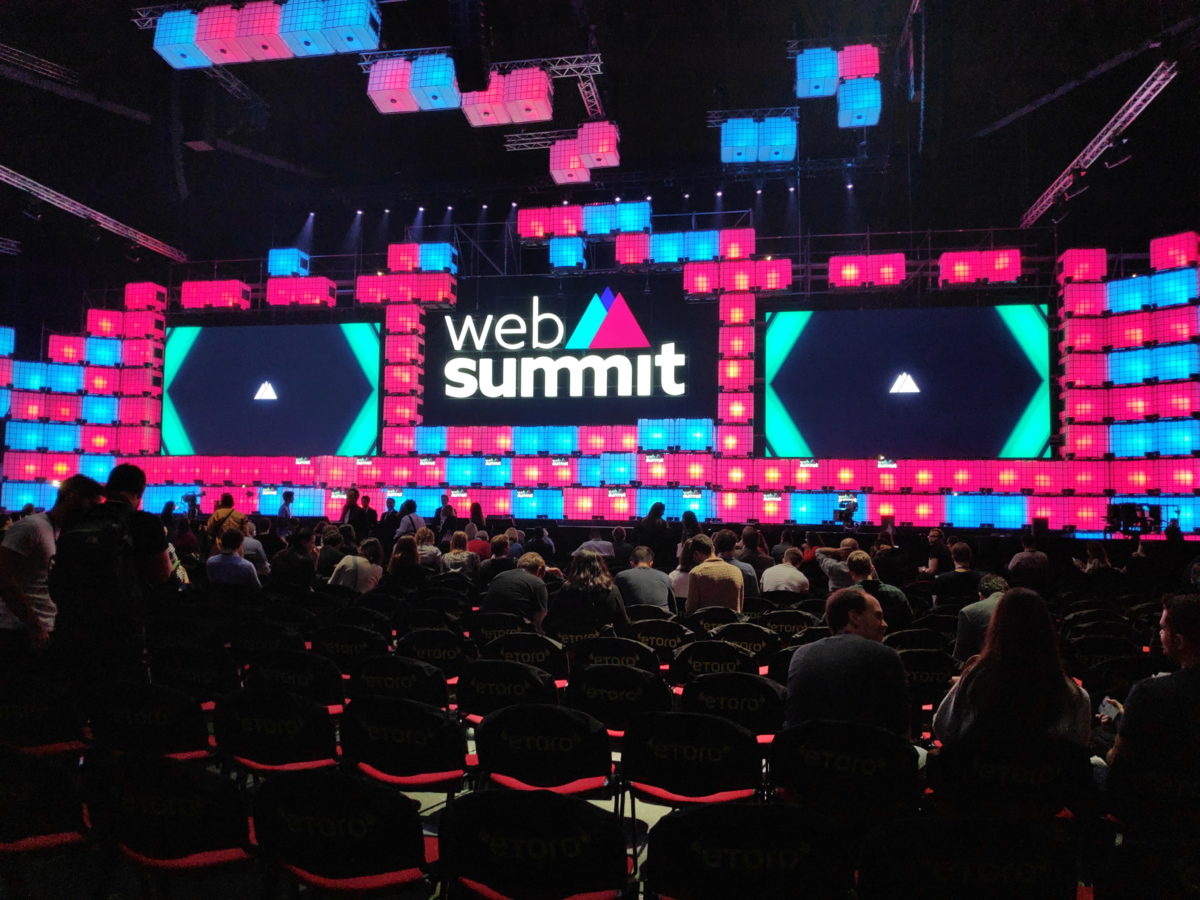The Web Summit sold out on the first week of November to a total of 70,469 attendees from 163 countries. Over 1,200 speakers took to 22 stages, surrounded by 2,000 start-ups and more than 1,200 investors. The variety of topics covered was immense, going from automotive and robotics to health and politics. This year, clean energy even had its own dedicated track.
In her presentation, Google’s sustainability officer Kate Brandt presented the technology giant’s latest ideas to address climate change and, thankfully, did not forgo solar.
Its latest solar project – Project Sunroof – encourages private adoption of the clean energy by providing a set of tools to facilitate the purchase and installation of solar panels. It goes hand in hand with Google’s commitment to continue being a carbon neutral company.
“We have set a long-term goal that we call 24 x 7 carbon free energy, which means that we actually want to power our operations 24 hours a day a week with carbon free energy sources,” she said.
In a talk entitled “Powering the Future”, Jesse Moore, CEO of Kenya’s M-Kopa, which offers Pay-As-You-Go solutions, defended “a leapfrog from no grid to beyond the grid,” where people can go from being disconnected to having electricity”. “Let’s not think that we will connect in the same way that we did before. There’s been a lot of advances certainly in solar panels, in batteries, in the Internet of Things, in connectivity and mobile payments that enable the consumer experience,” he said.
As to the projections on the future of solar power, both Moore, and Schneider’s chief innovation officer Emmanuel Lagarrigue agreed it is not a money issue. “We could do a better job in allocating it the right way,” Moore said.
“In the next 20 years, we are going to consume twice as much electricity as we do today. Structurally or financially, we can’t do that by multiplying the grid by two,” Lagarrigue said. “Everybody starts to understand that, producing your energy out of renewables and storing it, is possible and cheaper,” he added.
Shell’s Head of Strategy Ed Daniels discussed the impact of digitalization. He argued that hydrocarbons will still play a role while the energy system is being decarbonized, although he did urge governments to take a stronger stance on clean energy.
“I think the government should encourage the development of new technologies and biofuels, or the case of hydrogen, carbon capture and storage. (…) We have to get the policies in place that enable us and encourage the use of alternative technologies that help decarbonise the world,” he said.
Currently, clean energy accounts for less than 10% of Shell’s overall investment, and Daniels failed to mention renewables like solar, which is one of the biggest keys to the required energy transition.
pv magazine also spoke to two PV-dedicated start-ups present at Web Summit, which commented on their experiences. “We found some very interesting international utilities to collaborate with in the future,” said Jan Pieter Versluijs, CEO of Solar Monkey, a Dutch-based solar panel software company for installers and utilities to remotely design, sell and monitor solar panel systems.
“Web Summit is a great place to learn about developments in the technological scene. Also, it is a way for us to get in touch with new potential partners,” he said.
According to Versluijs, “The whole solar market is in a phase of scaling up, which is very exciting to see. This will continue for the years to come, after which capacity and demand planning and buffering through batteries or electric vehicles will become more important. Steadily, we are working on making solar the world’s leading power supply,” he said.
Software is key, as it enables suppliers “to design and sell systems much more efficiently,” he said. “This allows them to tackle the challenges of coping with high demand and installing large numbers of systems.”
Jacinto Sá, CEO of Swedish start-up Peafowl Solar Power was able to promote the company’s product further and create several new contacts after winning a pitch competition. Sá sees current times as “very exciting” for PV.
“I think there are three exciting new developments,” he said. First, the direct use of generated electricity to power local appliances and smart devices – “a complete shift from PV solely as an electricity producer, because it puts PV as an enabler of technology and innovation.” Secondly, the development of PV technology that can be printed enabling for new designs, low cost and higher sustainable ratings. Finally, “plasmonic as an active material, because its physics are radically different from all the PV technologies.”
Peafowl develops aesthetic solar cells for device integration based on plasmonic nanomaterials as light harvesters. The technology enables highly transparent colored or colorless cells that produce enough electricity to power smart devices such as IoT sensors and dynamic glass.
By Nádia Morais
This content is protected by copyright and may not be reused. If you want to cooperate with us and would like to reuse some of our content, please contact: editors@pv-magazine.com.



By submitting this form you agree to pv magazine using your data for the purposes of publishing your comment.
Your personal data will only be disclosed or otherwise transmitted to third parties for the purposes of spam filtering or if this is necessary for technical maintenance of the website. Any other transfer to third parties will not take place unless this is justified on the basis of applicable data protection regulations or if pv magazine is legally obliged to do so.
You may revoke this consent at any time with effect for the future, in which case your personal data will be deleted immediately. Otherwise, your data will be deleted if pv magazine has processed your request or the purpose of data storage is fulfilled.
Further information on data privacy can be found in our Data Protection Policy.